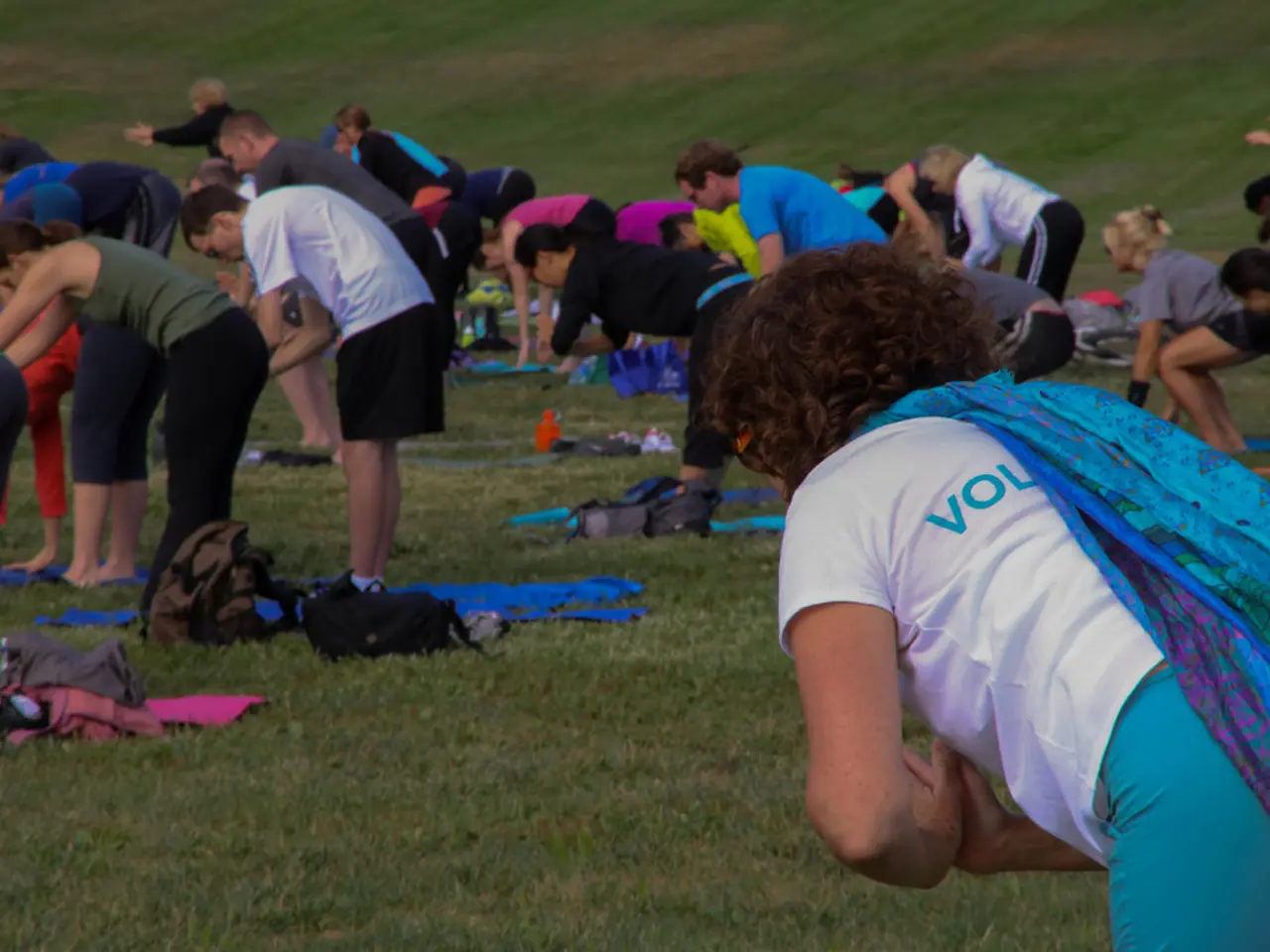Enhanced Mindfulness and Relaxation Through Yoga with Cannabis
Incorporating cannabis into your yoga practice can deepen mindfulness, promote relaxation, and foster a heightened sense of presence and flow. This synergistic combination works by interacting with the endocannabinoid system, which regulates mood and stress, while yoga activates the parasympathetic nervous system to promote rest and relaxation.
Choosing the Right Strain
The best types of cannabis for elevated yoga typically include low-THC, high-CBD strains such as Harlequin and ACDC, which provide gentle relaxation without intoxication, making them ideal for beginners or those seeking calm focus. Sativa-leaning hybrids like Jack Herer are also recommended, as they promote uplifting energy, creativity, and mental clarity during dynamic sequences. Terpene-rich flowers, especially those with limonene (mood enhancing) and pinene (breath awareness), can boost the sensory and mindfulness aspects of yoga.
It's best to avoid heavy indicas, which may cause sleepiness, and high-THC doses, which may cause anxiety or disorientation during poses. Edibles are not recommended due to unpredictable timing and intensity.
Recommended Dosage and Timing
When using cannabis in yoga, it's essential to start with a small dose—about half your normal dose if you regularly consume cannabis—to avoid impairment and maintain awareness. Smoking or vaping about 10 minutes before starting yoga allows the effects to onset gently as the practice begins. As effects peak (around 30 minutes), transition into meditation or deep relaxation.
Practice Support
Begin your session with breathwork to prime your nervous system (e.g., alternate nostril breathing, Ujjayi breath) as cannabis effects emerge. Move slowly through yoga asanas, focusing on hip openers (Pigeon, Butterfly), spinal waves (Cat-Cow, Seated Twists), and supported poses (Bolsters under knees in Savasana).
Harmonious Synergy
Cannabis's calming neurochemical effects complement yoga's breath, movement, and meditative focus, resulting in a more immersive, creative, and mindful practice. Cannabis, particularly high in myrcene or linalool, can quiet the "monkey mind" and make it easier to focus. When used intentionally, cannabis is discovered by more yogis to deepen their practice, enhancing relaxation, mindfulness, creative flow, muscle flexibility, and pain relief, especially when carefully matched to strain and dose for your personal needs and yoga style.
Summary Table
| Aspect | Recommendation for Cannabis-Enhanced Yoga | |-----------------------|----------------------------------------------------------| | Best Strains | Low-THC high-CBD (Harlequin, ACDC), Sativa hybrids (Jack Herer), terpene-rich with limonene/pinene | | Strains to Avoid | Heavy Indicas, high THC doses | | Dosage | Half of normal dose; small, cautious beginning | | Consumption Method | Smoking/vaping 10 minutes before yoga | | Timing | Effects peak ~30 minutes; good for meditation phase | | Practice Support | Start with breathwork, focus on gentle/asana and meditation |
Remember, the mat doesn't lie, and the real magic happens when you combine plant medicine with presence, using it to peel back layers of tension and distraction rather than escape them. Stay hydrated during your practice, and less is more when using cannabis in yoga; you should feel relaxed but still in control. A 2019 study found cannabis users had greater mindfulness scores, indicating the potential benefits of this unique approach to yoga practice.
- To optimize your yoga practice with cannabis, consider low-THC, high-CBD strains like Harlequin and ACDC, or sativa-leaning hybrids such as Jack Herer, with terpenes like limonene and pinene for enhanced sensory experiences.
- It's advisable to steer clear of heavy indicas and high-THC doses, as they may lead to sleepiness or anxiety during poses, respectively. Edibles are also not recommended due to their unpredictable effects.
- When implementing cannabis in yoga, start with a smaller dose (about half of your regular dose) to maintain awareness and avoid impairment, smoking or vaping approximately 10 minutes before beginning your practice.
- As the effects peak (around 30 minutes), shift towards meditation or deep relaxation, making use of breathwork exercises like alternate nostril breathing or Ujjayi breath.
- As you move through yoga asanas, focus on poses that promote relaxation and mindfulness, such as hip openers (Pigeon, Butterfly), spinal waves (Cat-Cow, Seated Twists), and supported poses (Bolsters under knees in Savasana).
- The synergy between cannabis's relaxing neurochemical effects and yoga's breath, movement, and meditative focus can lead to a more immersive, mindful, and creative practice. Cannabis with high myrcene or linalool content may assist in quieting the "monkey mind" and aiding focus.




